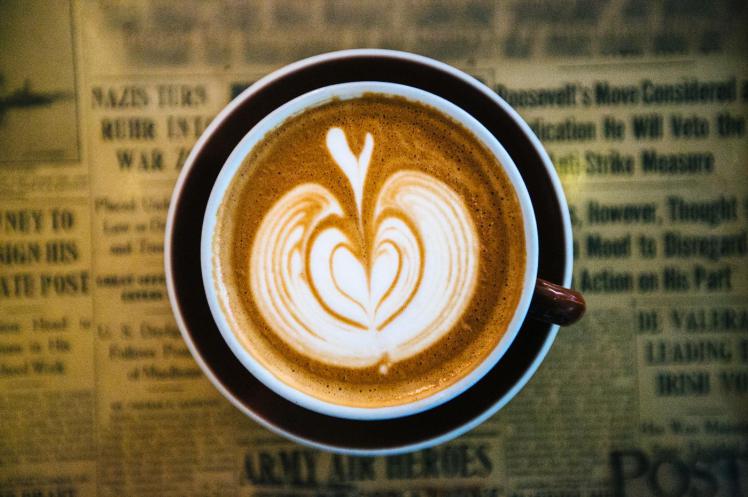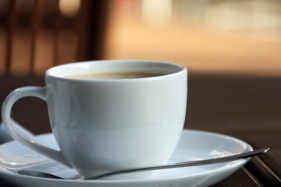It’s a normal routine; wake up, walk to the kitchen all foggy eyed, and stumble over to the coffee pot. Many people around the world can’t even imagine starting the day without that first cup of coffee.
You get the coffee grounds, put them in the coffee pot, and impatiently wait for it to dribble out. It’s a rather simple process, and you probably haven’t ever thought anything more about it. But whether it’s when the coffee beans meet the hot water, or when you pour the cream in and you see all the little swirls, there is actually a lot of chemistry going on in your java.

Where does it all begin? The bean, of course. The coffee bean is loaded with a variety of different compounds that react in many different ways. You also notice all the different kinds of coffee. You see Colombian, dark, mild, house roast, arabica, and many different types. You probably didn’t expect it, but each different kind of coffee has different chemical constituents in many different percentages. This is what changes the flavor, aroma, and color of your coffee. When you pour in your milk or cream, you see all kinds of pretty swirls! This is due to the fact that the molecules of the cream are mixing with the molecules of the coffee. Also, convection pushes the cold cream down, while the hot coffee rises above it! There are all kinds of chemistry going on in our mugs. The video below explains it a little better than I am able to!
